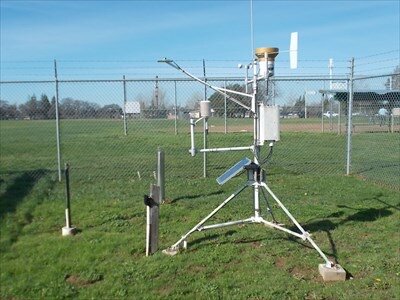
Smart Controllers
Graywater Systems

Self Adjust
Typical functions for a controller include opening and closing solenoid valves, managing filter backwash cycles, water budgeting according to zone characteristics and changing weather conditions. The chief challenge with controlling greywater is that the supply is not always reliably there at a predictable time. The controller must be able to sense when the basin is full of water and then determine the correct zone to irrigate. Smart Controllers are able to self-adjust according to changing weather conditions, and seasonally changing evapotranspiration rates, usually based on realtime ET (evapotranspiration) values taken from active weatherstations, historical climate data for the appropriate CIMIS zone location, and/or soil moisture sensors. Some systems use a water meter that measures all graywater and alternate water that is distributed to each zone.

Types of Controllers

Weather based irrigation controllers
(WBICs) Use local weather, landscape conditions, and type of irrigation equipment to determine schedule. Some conventional controllers can be upgraded to WBICs .Weather data may be from on on-site or off-site source. Weather data may be subscription based or free.

Soil moisture-based controllers
Use soil moisture sensors to measure soil moisture within the root zone
Do not rely on weather data to operate
Compare soil moisture readings to desired moisture level
If soil moisture exceeds the target level the controller overrides the irrigation system

WiFi irrigation controllers
Control remotely via application or web browser
Convenient data feed
Many are also WBICs, but not always

Common features of Controllers

Transformer
Reduces electrical voltage down from 120 V down to 24 V typical for irrigation valve control etc






